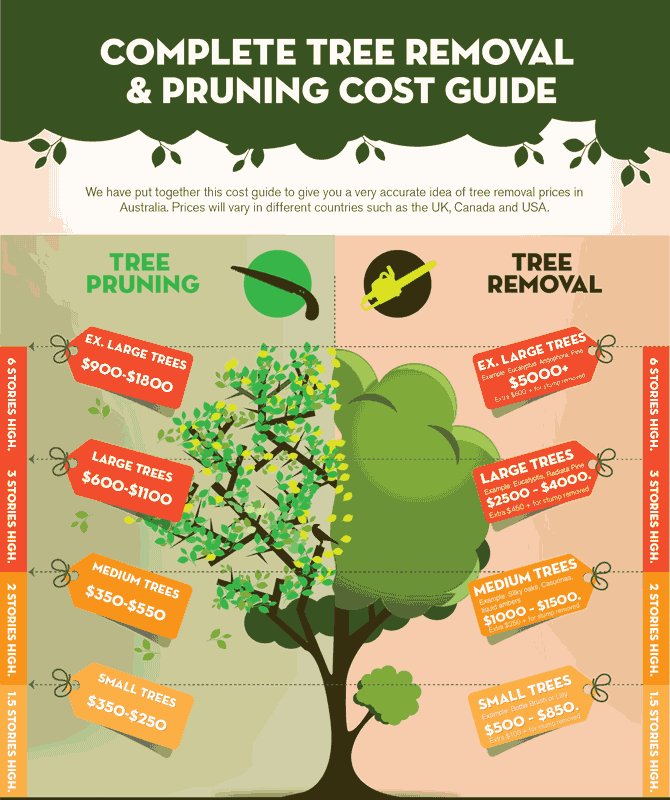Identifying The Need For Tree Elimination: A Guide For Homeowners
Identifying The Need For Tree Elimination: A Guide For Homeowners
Blog Article
Web Content Writer-Hollis Halsey
Trees add appeal and value to property, yet they can likewise posture a threat throughout severe weather condition events. If a tree has quit expanding, is exhibiting noticeable fungal growth, or has a leaning trunk, it ought to be eliminated by a specialist to avoid building damage and injury.
For https://www.safetyandhealthmagazine.com/articles/19931-tree-care-operations-review-panel-report-on-proposed-standard-open-for-comment , go to a house owner resource reasonable co-hosted by HPD, the Facility for New York City Neighborhoods, and Brooklyn-based housing partners this night in Bedford-Stuyvesant. The occasion will include the Property owner Handbook, a new guide to assist homeowners navigate the responsibilities of possessing a home.
1. Dead or Dying Branches
Trees are an important part of your home's landscape, using color and elegance. They also supply shelter for wild animals and generate oxygen, yet also healthy and balanced trees can experience health issue that might require their elimination. Dead or dying trees aren't simply undesirable, they can be unsafe. Their branches could fall throughout a tornado, bring about costly building damages and injuries.
When a tree's branches start to pass away, it means that its framework is beginning to break down. If most of its branches are dead, it is likely time to remove it.
Search for an absence of new growth, bark peeling, open wounds or tooth cavities, fungi expanding on the trunk or origins and a general appearance of decay in the whole canopy. These indications of infection can indicate a severe trouble that will require professional tree solutions to settle.
2. Leaning Trunk
While it's typical for trees to lean every now and then as a result of phototropism, if a tree has a hazardous or severe lean that's not due to natural processes - it could be a sign that the tree needs to be gotten rid of. If growth property management is favoring a high-voltage line, home, lorry, play framework or any other area that could be dangerous to people if it falls, then getting in touch with a professional tree solution for removal need to be a leading priority.
It's likewise important to look for any kind of sudden changes in a tree's leaning as it can show damage to the roots or trunk that might bring about falling. This is particularly true throughout stormy weather, since high winds and rain-soaked dirt can create a lean to change rapidly. Regular monitoring, especially throughout and after tornados can aid homeowners recognize prospective problems with their trees so they can call an arborist for a comprehensive evaluation.
3. Bug Problem
Some pest infestations, such as wood-boring insects like emerald ash borer or sap-suckers like range bugs, are so severe that they can cause a tree to die. The most effective means to stop pest infestation is to check your trees often. Seek spots, holes, or stainings in the leaves and bark. Examine the trunk for fractures and indications of insect damage, such as passages or tracks.
If a tree comes to be also ravaged with insects, or is close to a home or power lines, an arborist might suggest elimination. If a leaning tree establishes a brand-new, unpredictable lean, an arborist will likely suggest removal also to make certain the safety of people and property. If a damaged or dead tree constantly drops extreme branches, it is a sign that it is time to eliminate the tree. If a tree continues to shed branches for an extended period of time, it can bring about architectural troubles and prospective property damages.
4. Damaged Trunk
Trees are a stunning and integral part of our landscape, yet they do need regular like keep them healthy and balanced and safe. If a tree is harmed beyond repair it is most likely time for it to find down.
Search for indications of damage to the trunk, including upright splits, joints, dead branch stubs, visible wounds or open tooth cavities and extreme tree-rot. The visibility of fungis at the base of the trunk is one more advising sign. Fungi may suggest that the phloem and xylem (life-support tissues) are compromised, allowing for the spread of condition or a future failing.
Also, think about whether the tree has actually quit expanding. Healthy trees will have brand-new growth yearly, which might show up as buds or branches growing and expanding. If you don't see any type of brand-new development, it's an excellent concept to have an arborist evaluate the tree and follow their referral for removal. A passing away or harmed tree can drop and create property damages.